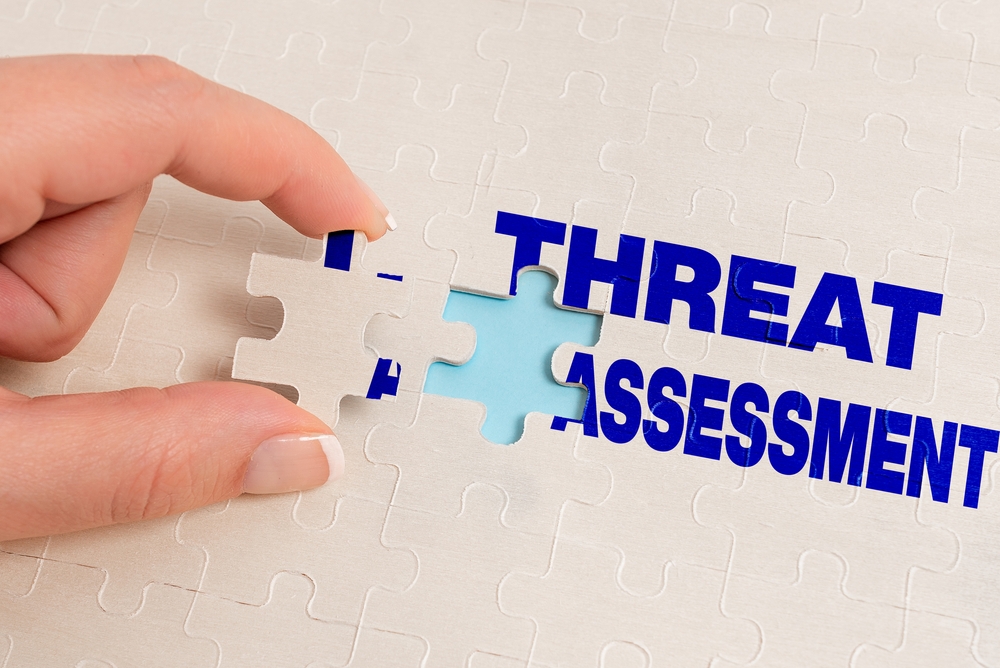
How to Conduct a Security Assessment for Your Business?
July 7, 2023 5:59 pm Leave your thoughtsThe security of a business enterprise is one of the most critical aspects that should be considered with great care. Cybercriminals and other malicious actors frequently target both large and small businesses indiscriminately. Therefore, businesses need to conduct security assessments that help identify vulnerabilities and threats in their organization. A security assessment can highlight the potential risks of an attack and provide businesses with strategies and tactics to mitigate the innate security concerns of their operations.
The following is a comprehensive guide on how businesses can conduct a thorough security assessment to safeguard their assets:
Define the Scope of the Assessment
The first step towards conducting a thorough security assessment is defining the scope of the assessment. Without a properly defined scope, a security assessment could fail to detect significant risks or provide an accurate understanding of the security posture of a business. A scope must include understanding the infrastructure, services, and assets being assessed.
In addition, businesses must clearly define the stakeholders involved in the assessment, such as owners, IT staff, consultants, and security teams. Their roles should also be clearly defined, outlining the responsibilities and deliverables of each involved party. Finally, they must establish an agreed timeline to achieve measurable outcomes through the assessment process.
Identify Security Risks and Threats
The next stage of a security assessment involves identifying possible security risks and threats that could affect the organization. The assessment should take a holistic view of all security risks and threats that are both internal and external to the organization. Internal threats may include insider threats, employee dysfunction, and data breaches.
External threats may include malicious actors such as hackers, viruses, malware, and denial of service attacks. This stage requires a comprehensive review of the business system infrastructure, business practices, policies, and procedures. It is important to consider past security incidents and common attack vectors, particularly those targeting organizations with similar security profiles.
Conduct a Vulnerability Assessment
After identifying the various risks and threats, the next step is to conduct a vulnerability assessment. This can be done in several ways, with the most popular methods being penetration testing, vulnerability scanning, risk assessment, and security audits. These assessments should provide detailed information on potential vulnerabilities found in the organization’s infrastructure, software, applications, and data storage.
While conducting a vulnerability assessment, it is essential to have a clear understanding of the technical environment. A thorough understanding of the infrastructure will assist in identifying potential risks and vulnerabilities that could lead to an attack. The vulnerability assessment aims to identify specific security controls and vulnerabilities that need improvement.
Prioritize Identified Risks
The process of prioritizing identified risks follows the vulnerability assessment phase. Prioritizing risks involves understanding the level of risk associated, the possible impact if a breach occurs, and how much to address each identified threat. It would be best to prioritize risks based on their severity level and impact on the organization.
Creating a roadmap outlining the steps to address each identified risk is usually a good idea. This will also help prioritize and manage the potential solutions. This roadmap will go a long way toward guiding businesses on allocating their resources to ensure maximum security protection.
Devise and Implement Mitigation Strategies
The final stage of a thorough security assessment is the implementation of mitigation strategies. Mitigation strategies are based on the roadmap that will help the organization decrease the number of vulnerabilities, thereby reducing the possibility of an attack. Mitigation strategies may involve implementing new security controls, improving existing processes, or both.
Organizations must create a prioritized strategy list based on the discovered risks and vulnerabilities. These strategies should also be aligned with the budgetary constraints of the organization as well as the risk tolerance level. Working with security experts or consultants who can help organizations implement these strategies is important.
Reach Out to Advance On-Site Protection Security
A security assessment is an essential process that every organization should undertake, regardless of its size. The process of identifying potential threats, vulnerabilities, and associated risks provides the necessary insight to help organizations mitigate the dangers posed by security attacks. However, working with experts or security consultants is essential to ensure a thorough assessment by providing an outside perspective.
At Advance On-Site Protection Security, we are experienced in providing cutting-edge security solutions and services. Our team includes security experts and consultants who can provide a comprehensive threat landscape, from identifying potential risks to creating appropriate mitigation strategies. We encourage you to get in touch with us if you need help conducting a thorough security assessment or require other security services. Contact us today for a better, safer tomorrow.
Categorised in: Security, Security System
This post was written by ADP Security
